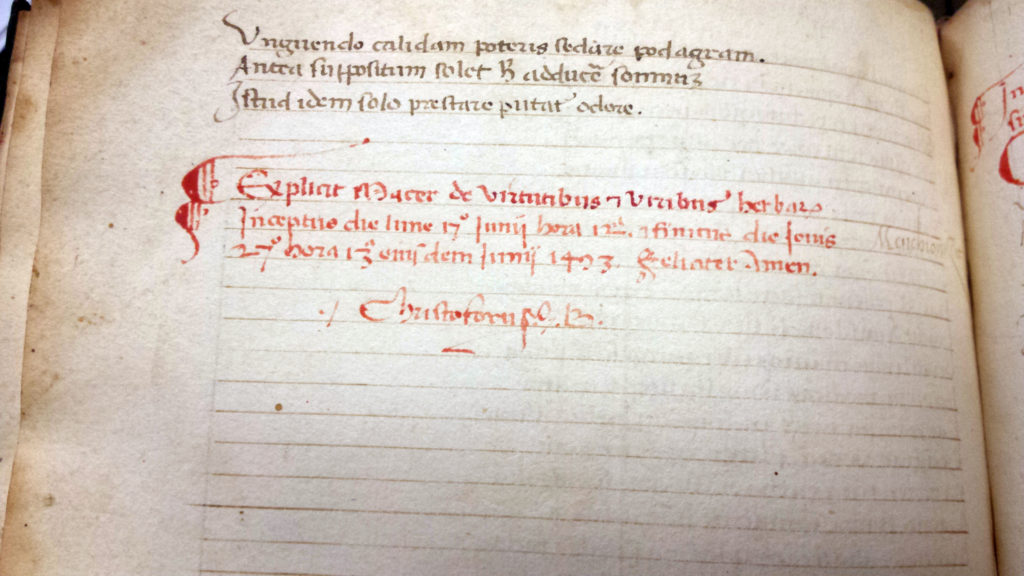– by Wood Institute travel grantee Erin Solomons*
In November 2016, I visited the College of the Physicians of Philadelphia, under a travel grant from the F.C. Wood Institute. Over the past year and a half, I have been pursuing a practice-based MPhil/PhD in Photography in the United Kingdom. This means that I use the creation of artwork and traditional research methods to critically assess my area of interest. Prior to enrolling in the program, my art practice used raw materials and photography to investigate mental health, trauma, and American identity. My work has reflected the boundaries between the human body and intrusive interactions upon it.
Read more







